Home>Gardening & Outdoor>Outdoor Recreation & Activities>Where Was Frisbee Golf Invented?
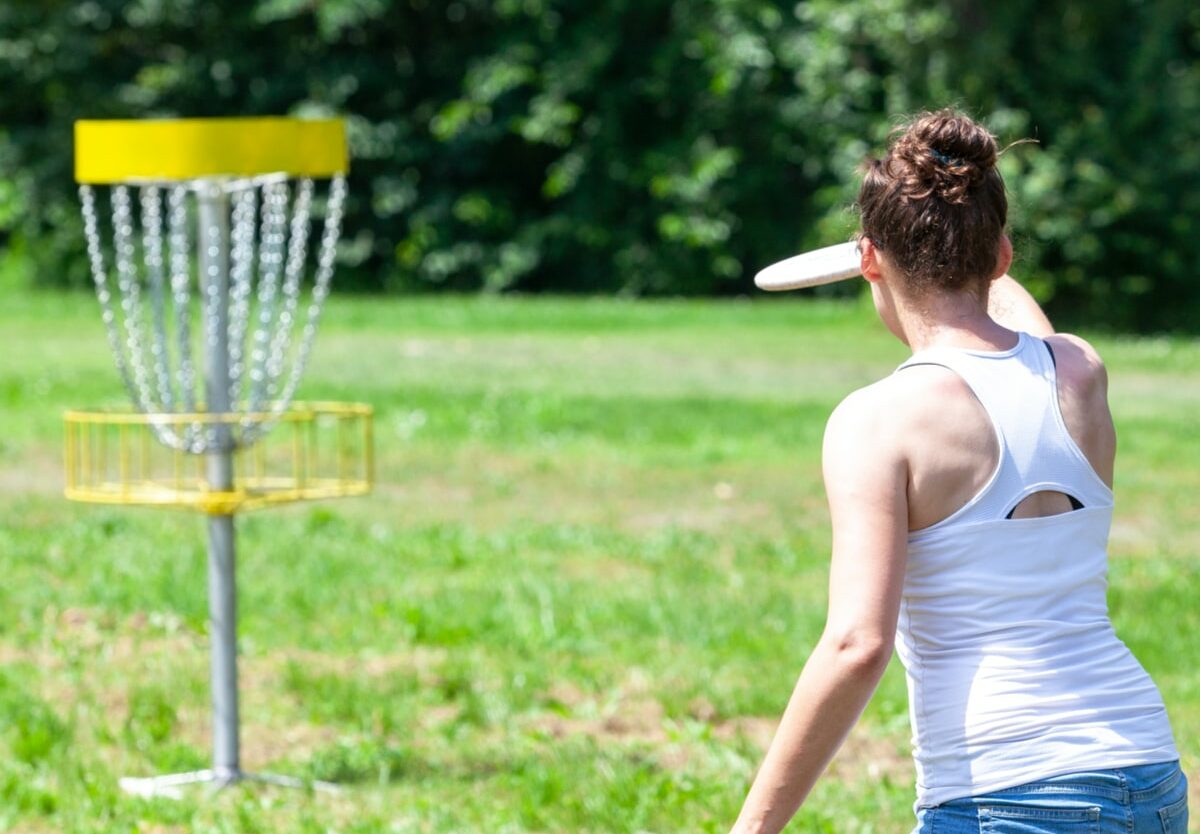

Outdoor Recreation & Activities
Where Was Frisbee Golf Invented?
Modified: February 18, 2024
Discover the origins of frisbee golf, a popular outdoor recreation and activity, and learn where it was first invented. Explore the history and evolution of this fun and engaging sport.
(Many of the links in this article redirect to a specific reviewed product. Your purchase of these products through affiliate links helps to generate commission for Storables.com, at no extra cost. Learn more)
History of Frisbee Golf
Frisbee golf, also known as disc golf, has a rich and fascinating history that traces back to the 1960s. This beloved recreational sport combines the thrill of traditional golf with the casual, free-spirited nature of throwing a frisbee. The evolution of frisbee golf is a testament to human creativity and the desire to infuse fun into everyday activities.
The concept of frisbee golf emerged as a natural extension of the growing popularity of frisbee throwing. Enthusiasts of the frisbee, a plastic disc invented by Walter Frederick Morrison and Warren Franscioni in the 1940s, sought new and exciting ways to enjoy this versatile flying object. As a result, the idea of using the frisbee as a "golf disc" to navigate a course with designated targets, such as metal baskets, was born.
In 1965, the first recorded instance of frisbee golf took place in Bladworth, Saskatchewan, Canada. A group of schoolchildren and a few adults engaged in a game of throwing frisbees at specific targets, including trees and trash cans, throughout the town. This informal and spontaneous activity laid the groundwork for the structured and organized frisbee golf courses that would later become commonplace.
The 1970s marked a pivotal period for frisbee golf, as the sport gained traction and recognition. With the establishment of the International Frisbee Association (IFA) in 1967, the groundwork was laid for the formalization and standardization of frisbee sports, including frisbee golf. The IFA's efforts to promote frisbee-related activities and events significantly contributed to the popularization of frisbee golf across the United States and beyond.
As the sport continued to flourish, dedicated frisbee golf courses began to emerge in various locations, offering players the opportunity to test their skills and enjoy the camaraderie of the game. The first official frisbee golf course, designed by "Steady" Ed Headrick, the father of disc golf, was established in 1975 at Oak Grove Park in Pasadena, California. This historic development marked a turning point in the evolution of frisbee golf, providing enthusiasts with a designated space to play and compete.
In the ensuing years, frisbee golf continued to gain momentum, with the creation of professional frisbee golf associations, the development of specialized frisbee golf discs, and the proliferation of courses worldwide. Today, frisbee golf stands as a beloved pastime enjoyed by individuals of all ages and skill levels, fostering a sense of community and outdoor recreation.
The history of frisbee golf is a testament to the enduring appeal of this dynamic sport and the innovative spirit of its enthusiasts. From its humble beginnings in a small Canadian town to its global presence today, frisbee golf has carved out a unique niche in the realm of outdoor recreation, offering players a blend of athleticism, strategy, and pure enjoyment.
Key Takeaways:
- Frisbee golf, also known as disc golf, originated in Canada in 1965 when enthusiasts used frisbees to aim at targets, sparking a beloved recreational sport enjoyed worldwide.
- The International Frisbee Association (IFA) played a pivotal role in formalizing and promoting frisbee golf, leading to its widespread adoption and the creation of dedicated courses, marking a significant milestone in the sport’s evolution.
Read more: When Was The Frisbee Invented?
The Birth of Frisbee Golf
Frisbee golf, also known as disc golf, has a captivating origin story that reflects the ingenuity and playful spirit of its early proponents. The concept of frisbee golf first took flight in the mid-1960s, as enthusiasts sought to infuse the joy of frisbee throwing with the structure and strategy of traditional golf. This innovative fusion of leisure and sport laid the foundation for a recreational activity that would captivate individuals of all ages and backgrounds.
The birth of frisbee golf can be traced back to a small town in Bladworth, Saskatchewan, Canada, where a group of schoolchildren and a few adults engaged in an impromptu game that would set the stage for the sport's evolution. In 1965, these individuals embarked on a lighthearted endeavor, using frisbees to aim at specific targets scattered throughout the town, including trees and trash cans. This informal and spontaneous activity marked the inception of frisbee golf, offering a glimpse into the unbridled creativity and enthusiasm that would propel the sport forward.
As the popularity of frisbee golf began to soar, the International Frisbee Association (IFA) played a pivotal role in formalizing and promoting the sport. Established in 1967, the IFA became a driving force behind the standardization and recognition of frisbee-related activities, including frisbee golf. Through its efforts to organize events and advocate for the sport, the IFA contributed significantly to the widespread adoption of frisbee golf, laying the groundwork for its enduring appeal.
The pivotal moment in the history of frisbee golf arrived in 1975 with the establishment of the first official frisbee golf course at Oak Grove Park in Pasadena, California. Designed by the visionary "Steady" Ed Headrick, this dedicated course provided enthusiasts with a structured and challenging environment to hone their skills and indulge in the thrill of the game. The creation of this landmark course marked a significant milestone in the evolution of frisbee golf, elevating it from a casual pastime to a recognized and organized sport.
The birth of frisbee golf represents a convergence of creativity, athleticism, and communal enjoyment. From its humble origins in a Canadian town to its global presence today, frisbee golf has transcended boundaries, uniting individuals in the pursuit of outdoor recreation and friendly competition. This remarkable journey from spontaneous play to organized sport underscores the enduring allure of frisbee golf and its ability to bring people together in the spirit of fun and camaraderie.
Frisbee golf, also known as disc golf, was invented in 1965 by a group of students at Columbia High School in Maplewood, New Jersey. They created the game by throwing Frisbees into 50-gallon trash cans.
The Origins of Frisbee Golf
The origins of frisbee golf can be traced back to the 1960s, a time marked by the burgeoning popularity of frisbee throwing and the innovative spirit of recreational enthusiasts. The concept of frisbee golf emerged as a natural extension of the joy and versatility associated with the frisbee, a plastic disc that had captured the imagination of individuals seeking new and exciting ways to engage in outdoor activities.
In 1965, the first recorded instance of frisbee golf took place in Bladworth, Saskatchewan, Canada. A group of schoolchildren and a few adults embarked on a lighthearted game, using frisbees to aim at specific targets scattered throughout the town, including trees and trash cans. This impromptu and spirited activity laid the groundwork for the structured and organized frisbee golf courses that would later become commonplace.
The 1970s marked a pivotal period for frisbee golf, as the sport gained traction and recognition. With the establishment of the International Frisbee Association (IFA) in 1967, the groundwork was laid for the formalization and standardization of frisbee sports, including frisbee golf. The IFA's efforts to promote frisbee-related activities and events significantly contributed to the popularization of frisbee golf across the United States and beyond.
As the sport continued to flourish, dedicated frisbee golf courses began to emerge in various locations, offering players the opportunity to test their skills and enjoy the camaraderie of the game. The first official frisbee golf course, designed by "Steady" Ed Headrick, the father of disc golf, was established in 1975 at Oak Grove Park in Pasadena, California. This historic development marked a turning point in the evolution of frisbee golf, providing enthusiasts with a designated space to play and compete.
In the ensuing years, frisbee golf continued to gain momentum, with the creation of professional frisbee golf associations, the development of specialized frisbee golf discs, and the proliferation of courses worldwide. Today, frisbee golf stands as a beloved pastime enjoyed by individuals of all ages and skill levels, fostering a sense of community and outdoor recreation.
The origins of frisbee golf reflect the innovative and free-spirited nature of its early proponents, highlighting the seamless fusion of leisure and sport that has captivated enthusiasts around the world. From its humble beginnings in a small Canadian town to its global presence today, frisbee golf has carved out a unique niche in the realm of outdoor recreation, offering players a blend of athleticism, strategy, and pure enjoyment.
The Invention of Frisbee Golf
The invention of frisbee golf stands as a testament to human creativity and the desire to infuse leisure activities with structure and strategy. In the mid-1960s, against the backdrop of the burgeoning frisbee craze, a group of schoolchildren and a few adults in Bladworth, Saskatchewan, Canada, embarked on a lighthearted game that would lay the groundwork for the evolution of frisbee golf. Using frisbees to aim at specific targets scattered throughout the town, including trees and trash cans, these individuals unknowingly sparked the inception of a recreational activity that would captivate enthusiasts worldwide.
The pivotal moment in the history of frisbee golf arrived in 1975 with the establishment of the first official frisbee golf course at Oak Grove Park in Pasadena, California. Designed by the visionary "Steady" Ed Headrick, the father of disc golf, this dedicated course provided enthusiasts with a structured and challenging environment to hone their skills and indulge in the thrill of the game. The creation of this landmark course marked a significant milestone in the evolution of frisbee golf, elevating it from a casual pastime to a recognized and organized sport.
As the popularity of frisbee golf continued to soar, the International Frisbee Association (IFA) played a pivotal role in formalizing and promoting the sport. Established in 1967, the IFA became a driving force behind the standardization and recognition of frisbee-related activities, including frisbee golf. Through its efforts to organize events and advocate for the sport, the IFA contributed significantly to the widespread adoption of frisbee golf, laying the groundwork for its enduring appeal.
The evolution of frisbee golf has been marked by the development of professional frisbee golf associations, the creation of specialized frisbee golf discs, and the proliferation of courses worldwide. Today, frisbee golf stands as a beloved pastime enjoyed by individuals of all ages and skill levels, fostering a sense of community and outdoor recreation. From its humble origins in a Canadian town to its global presence today, frisbee golf has transcended boundaries, uniting individuals in the pursuit of outdoor recreation and friendly competition.
The invention of frisbee golf represents a convergence of creativity, athleticism, and communal enjoyment. This remarkable journey from spontaneous play to organized sport underscores the enduring allure of frisbee golf and its ability to bring people together in the spirit of fun and camaraderie.
Frequently Asked Questions about Where Was Frisbee Golf Invented?
Was this page helpful?
At Storables.com, we guarantee accurate and reliable information. Our content, validated by Expert Board Contributors, is crafted following stringent Editorial Policies. We're committed to providing you with well-researched, expert-backed insights for all your informational needs.
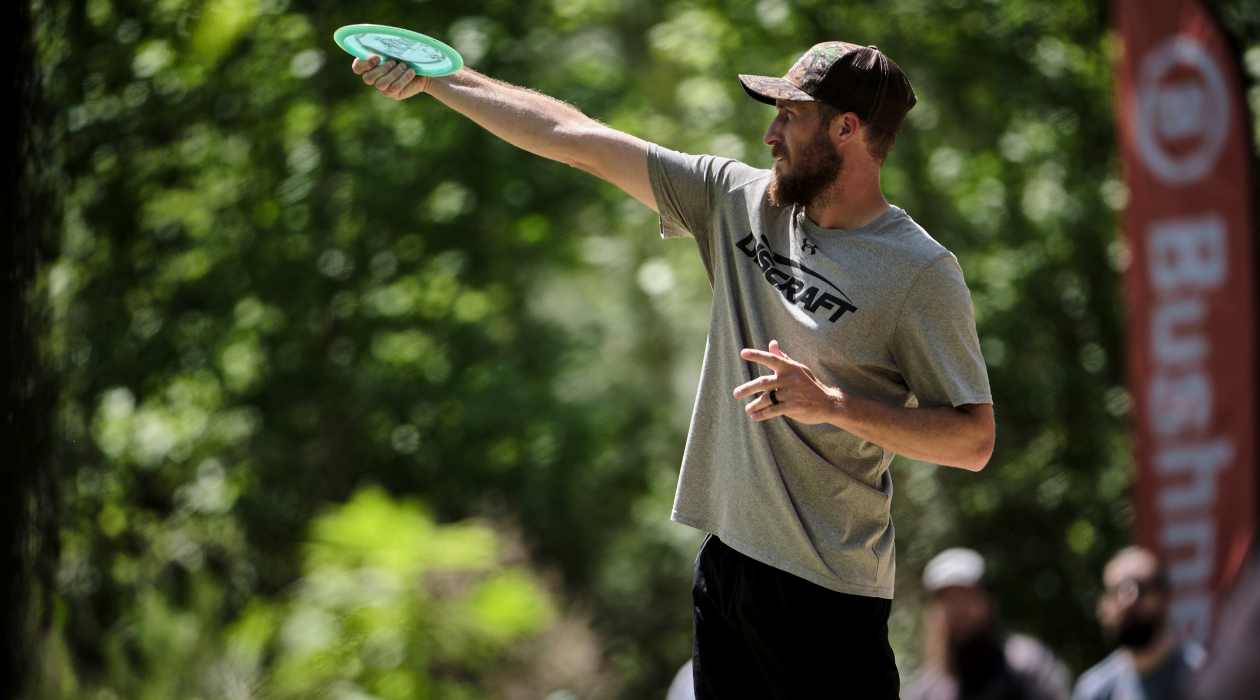

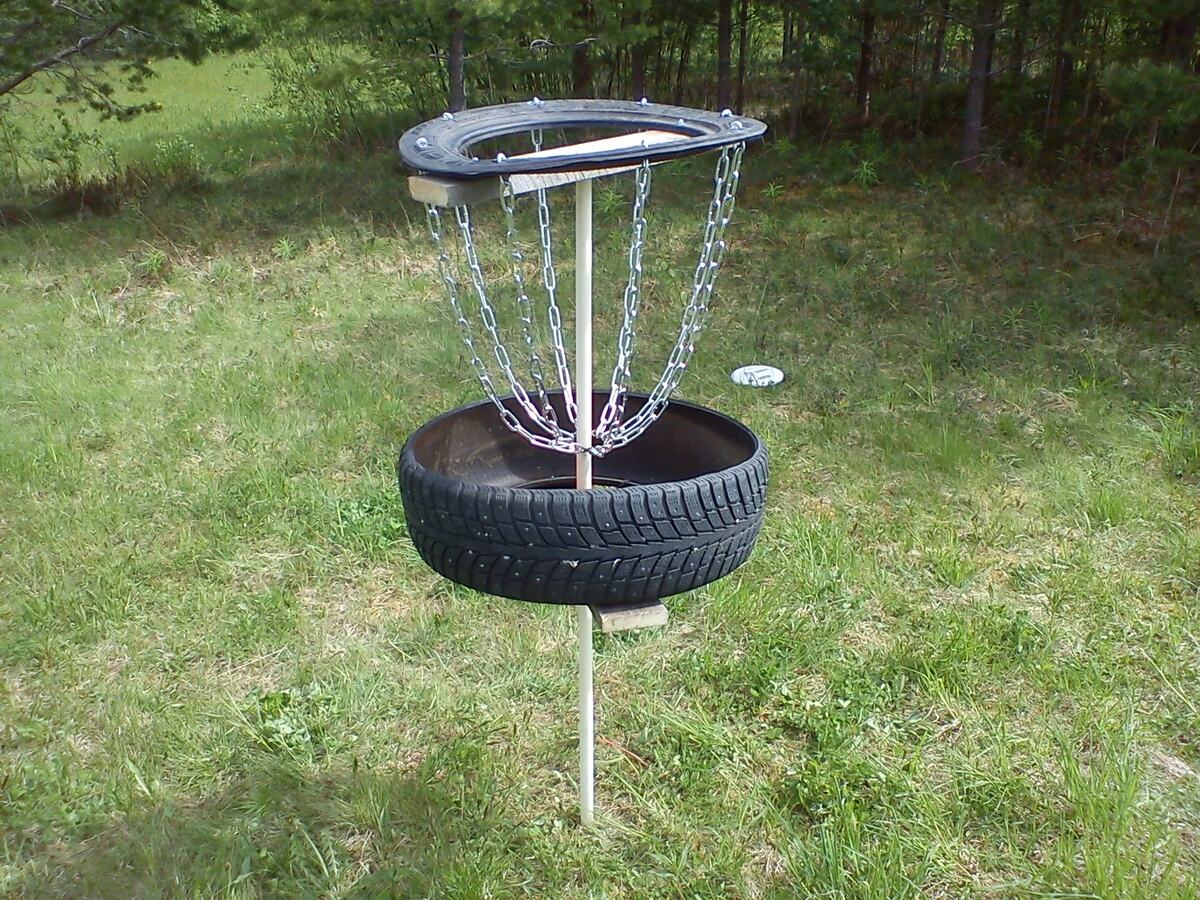
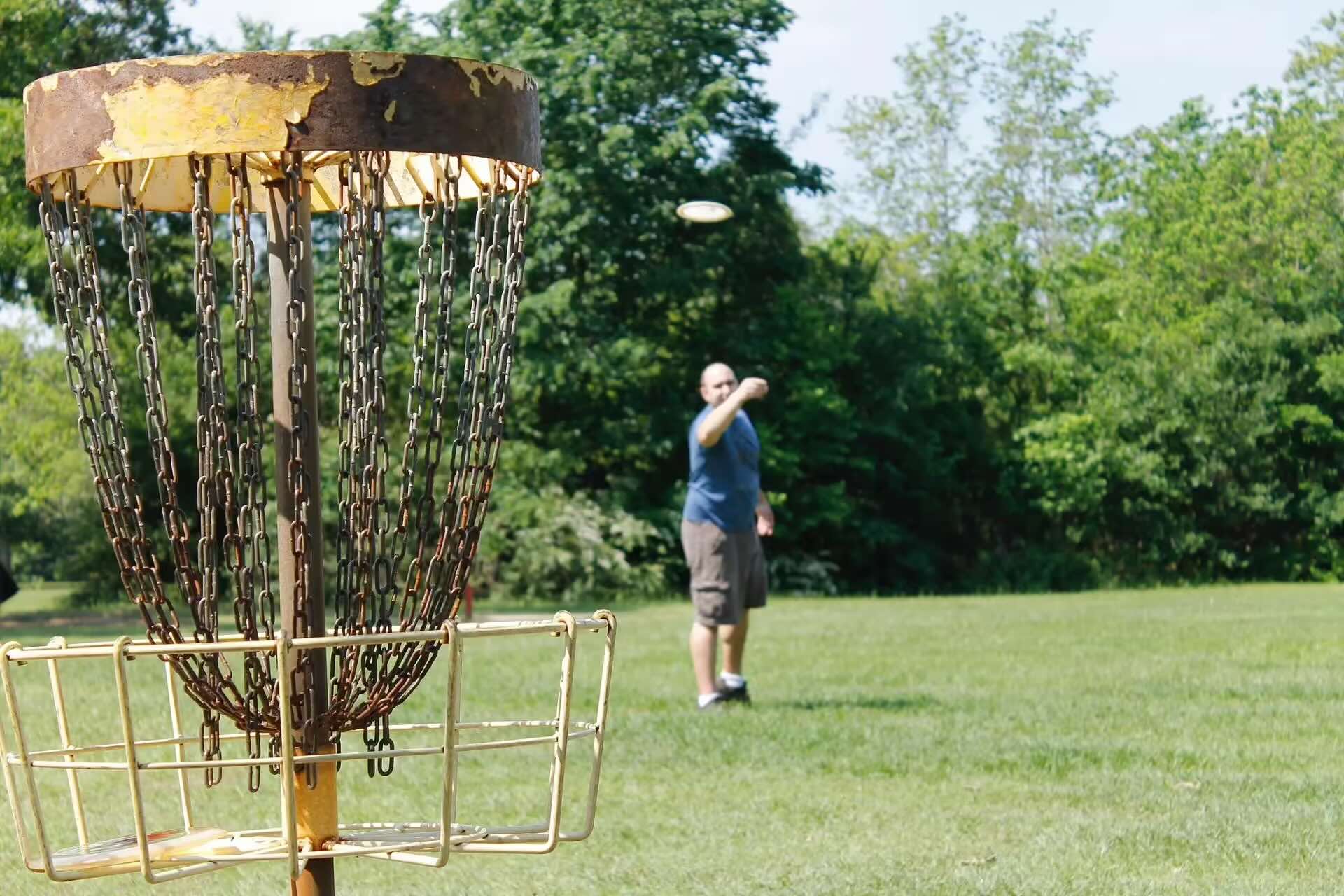
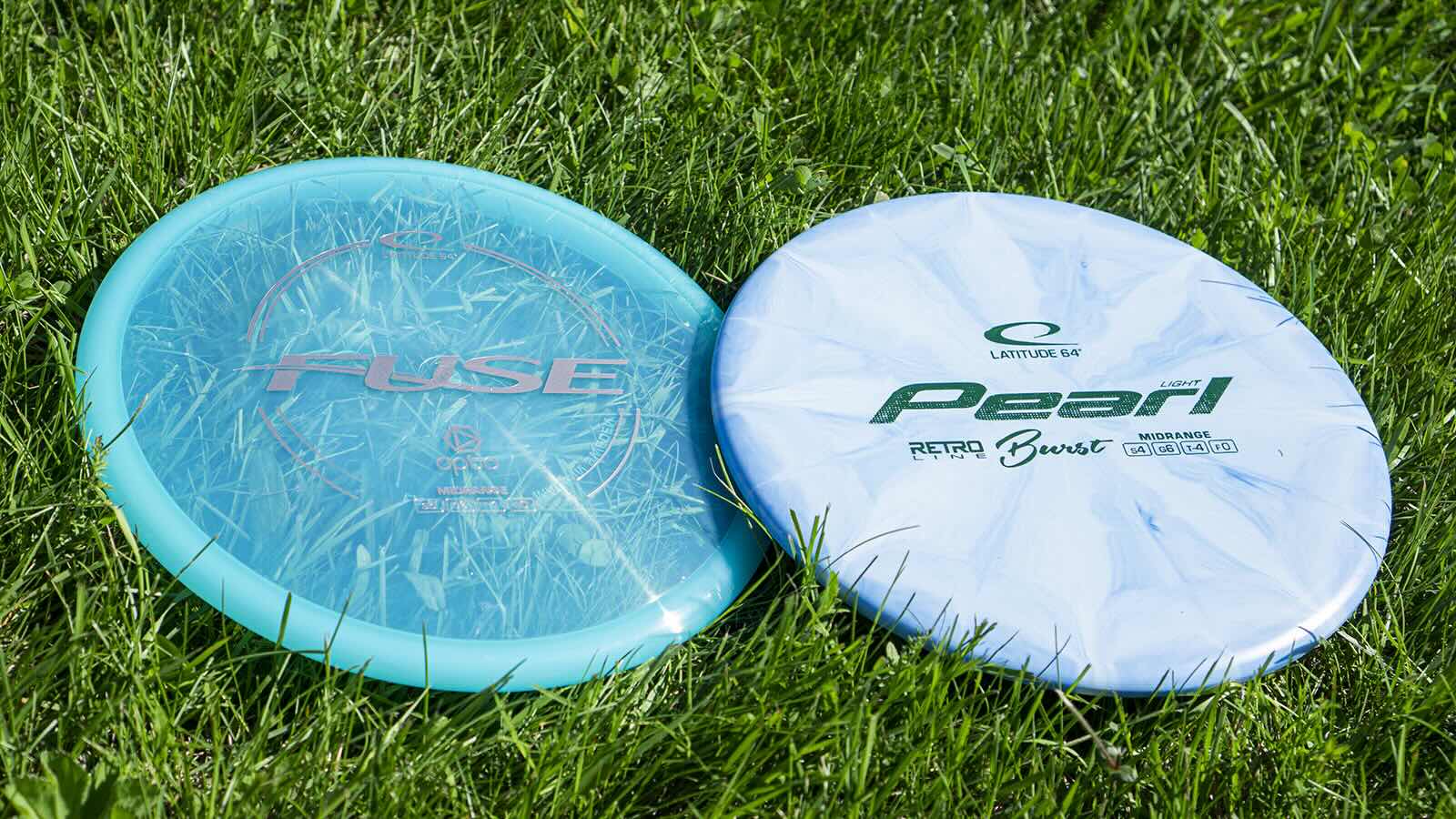
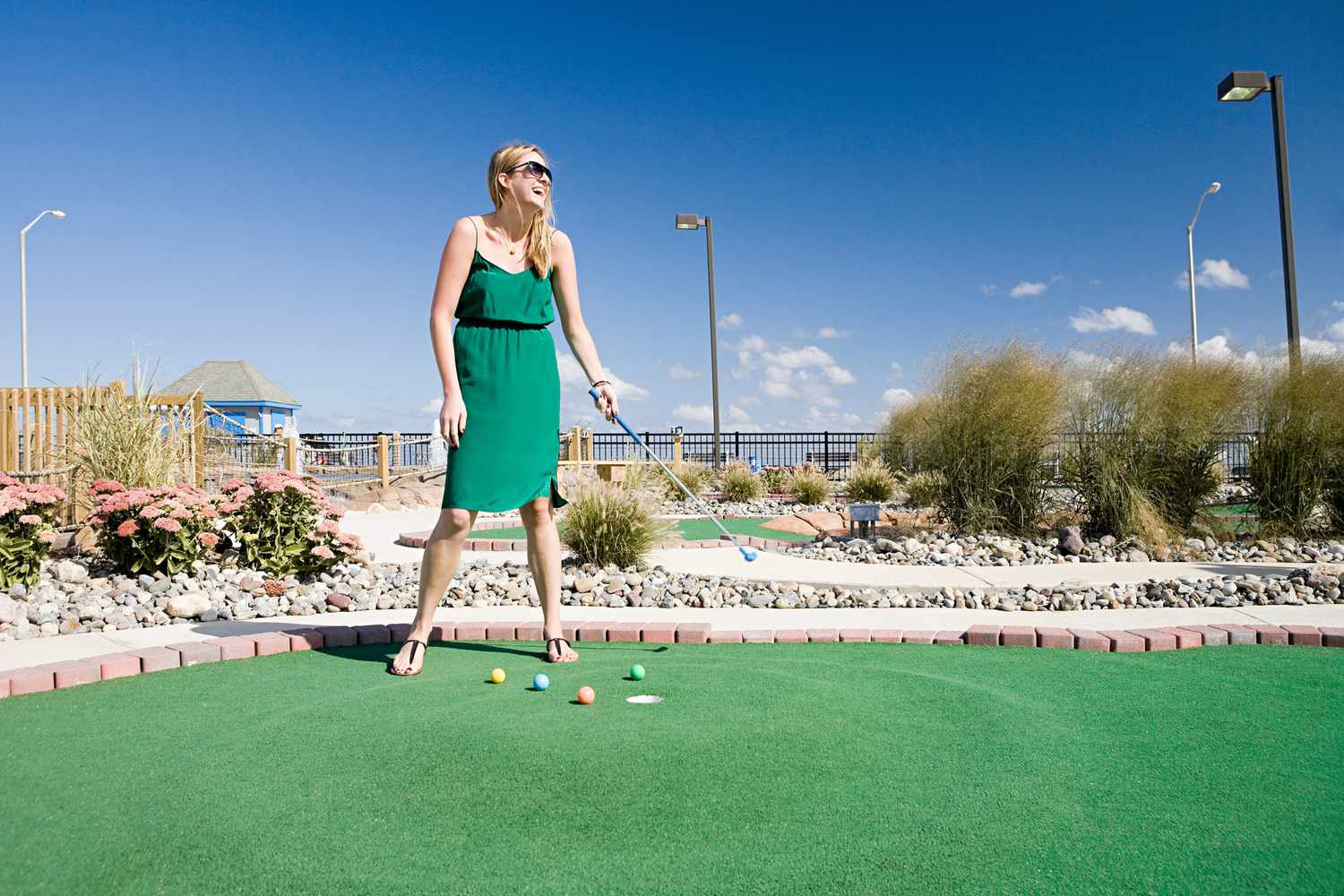
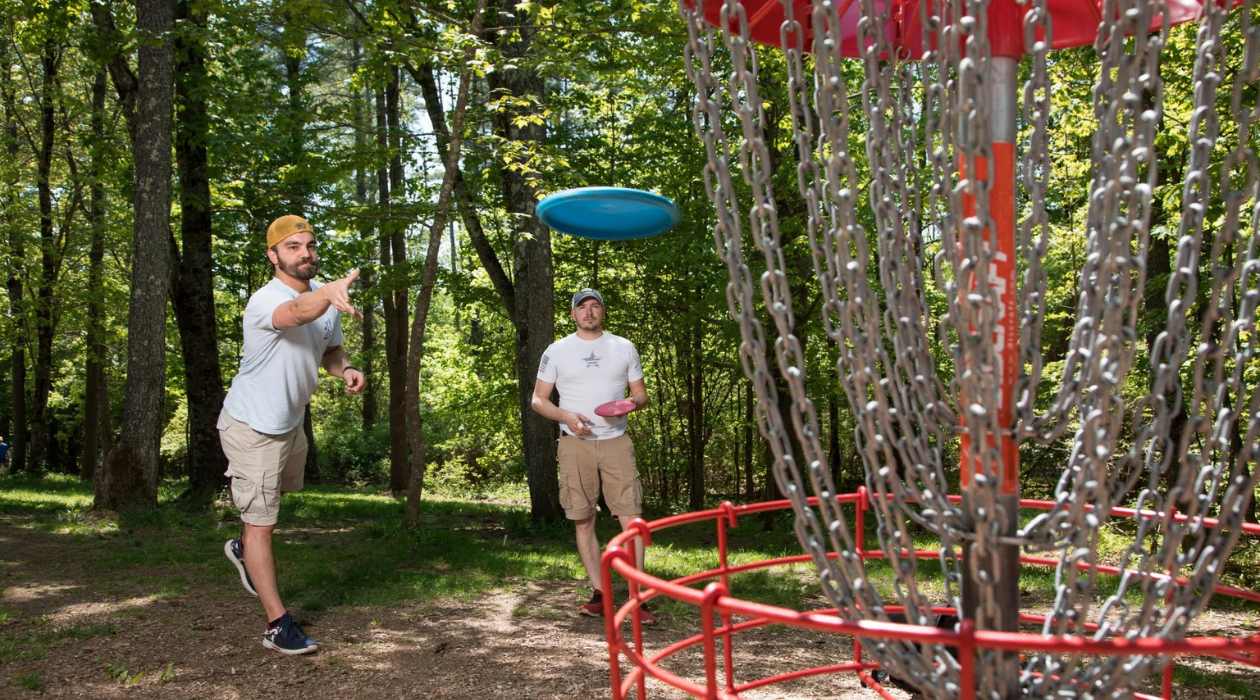

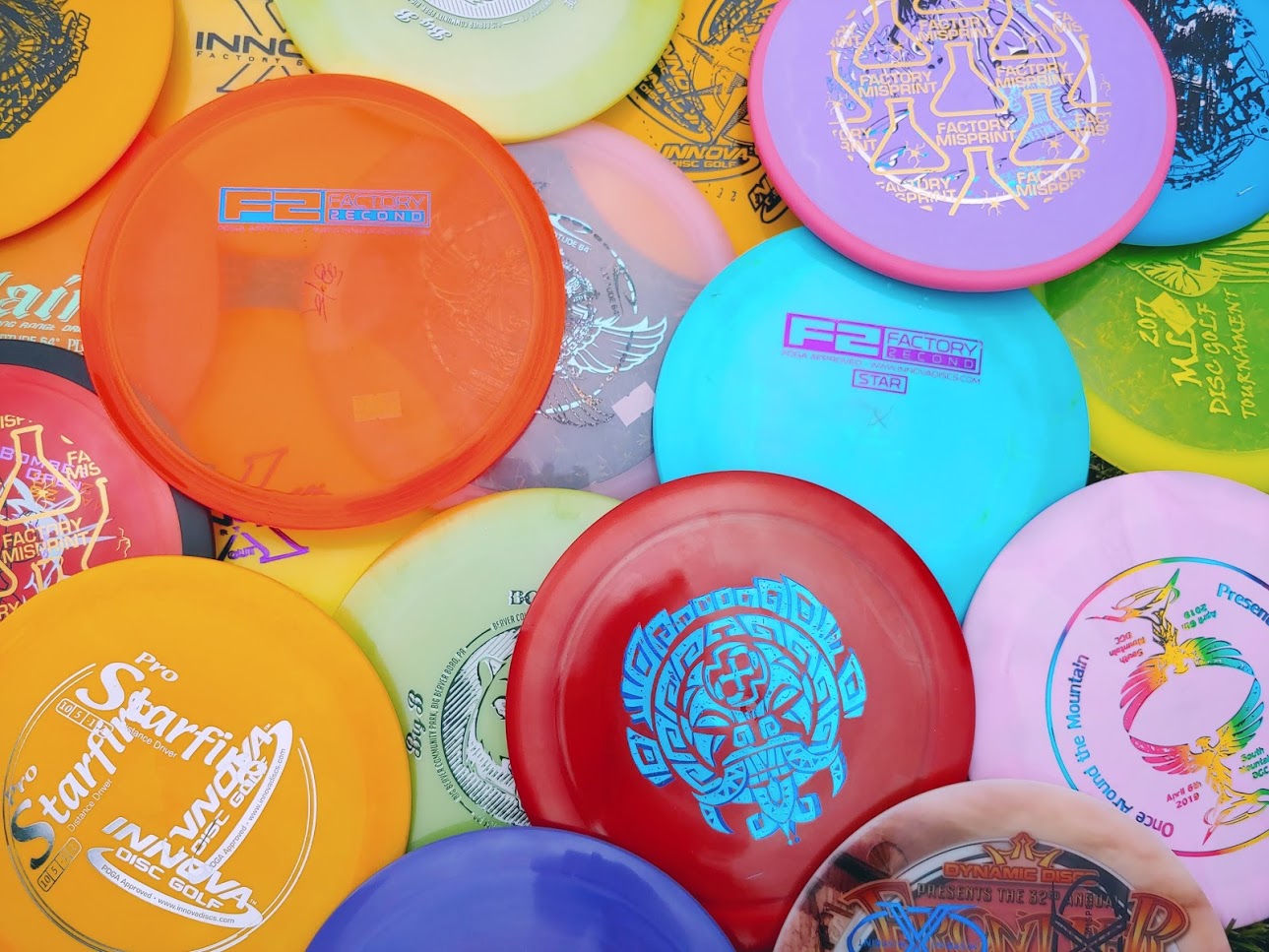
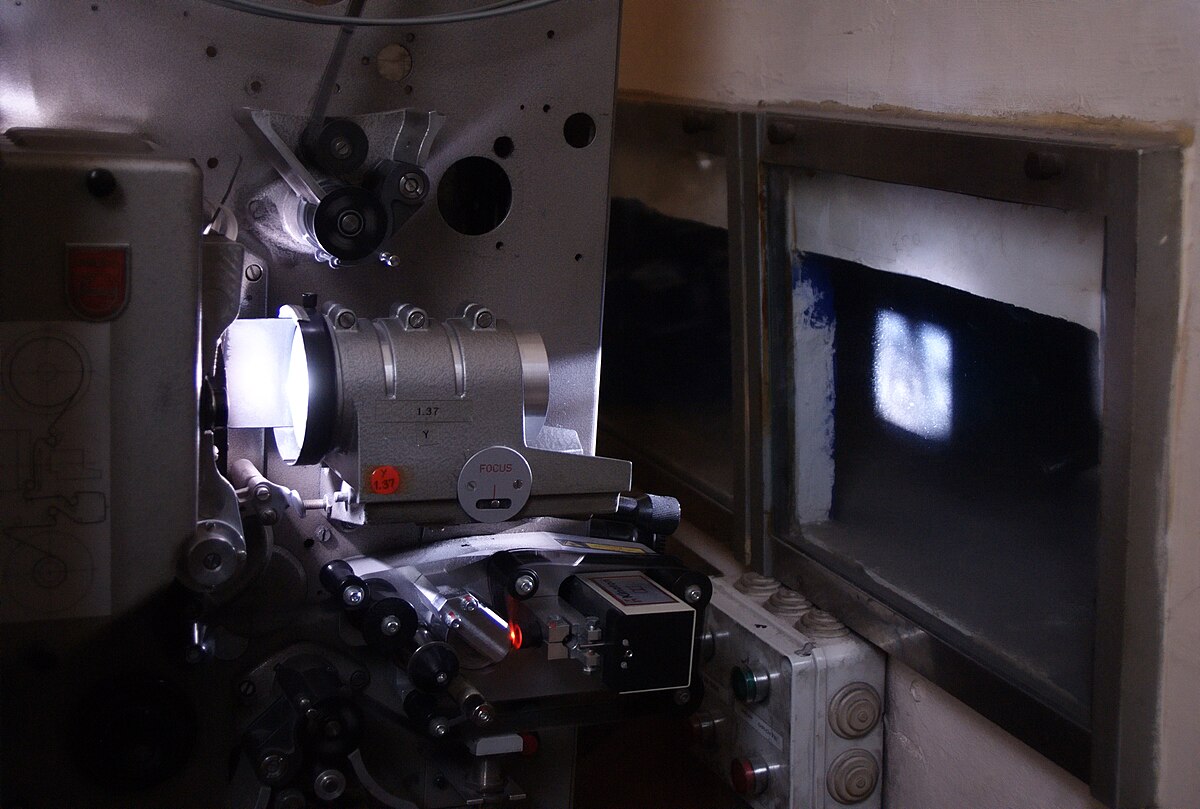
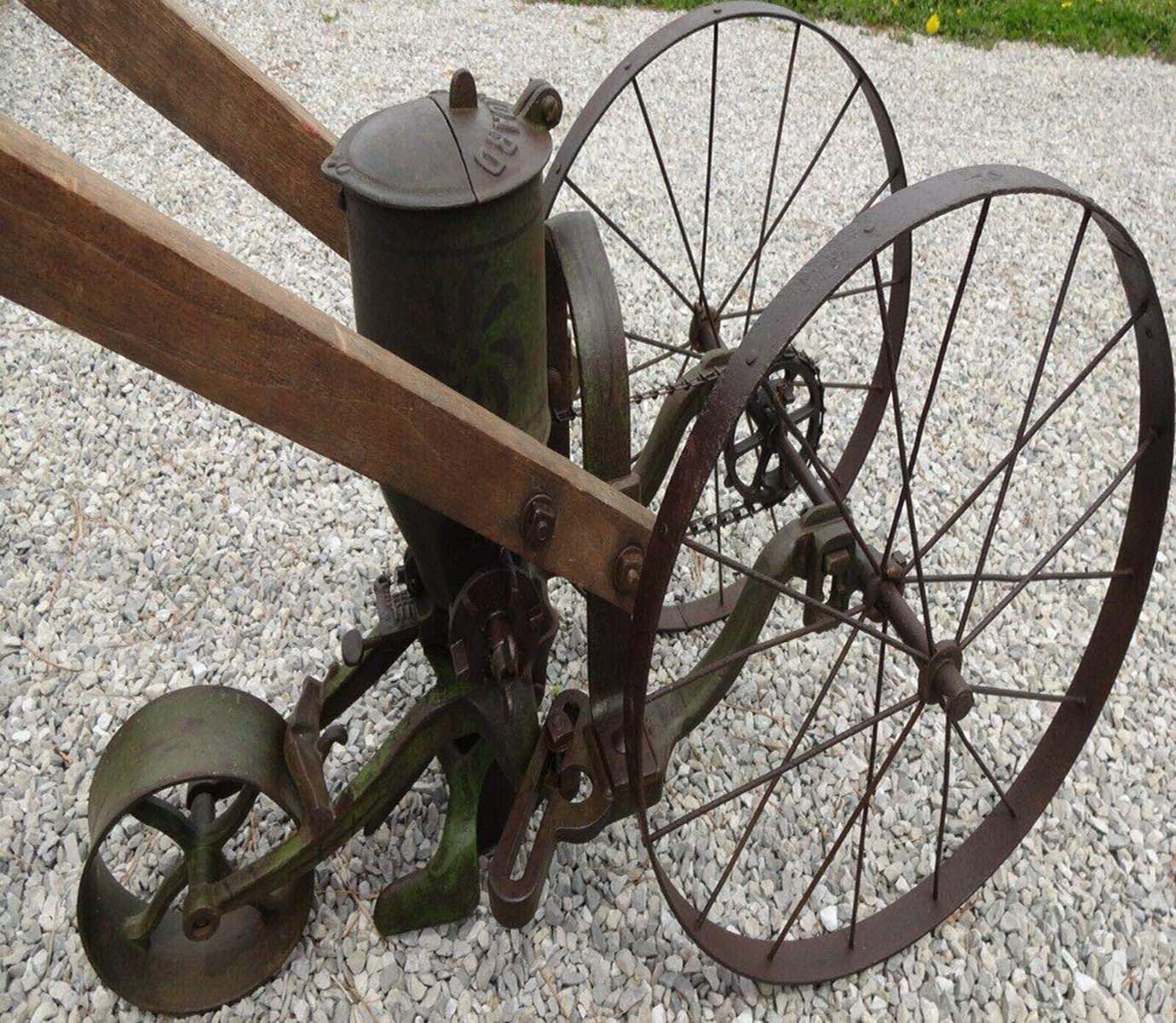


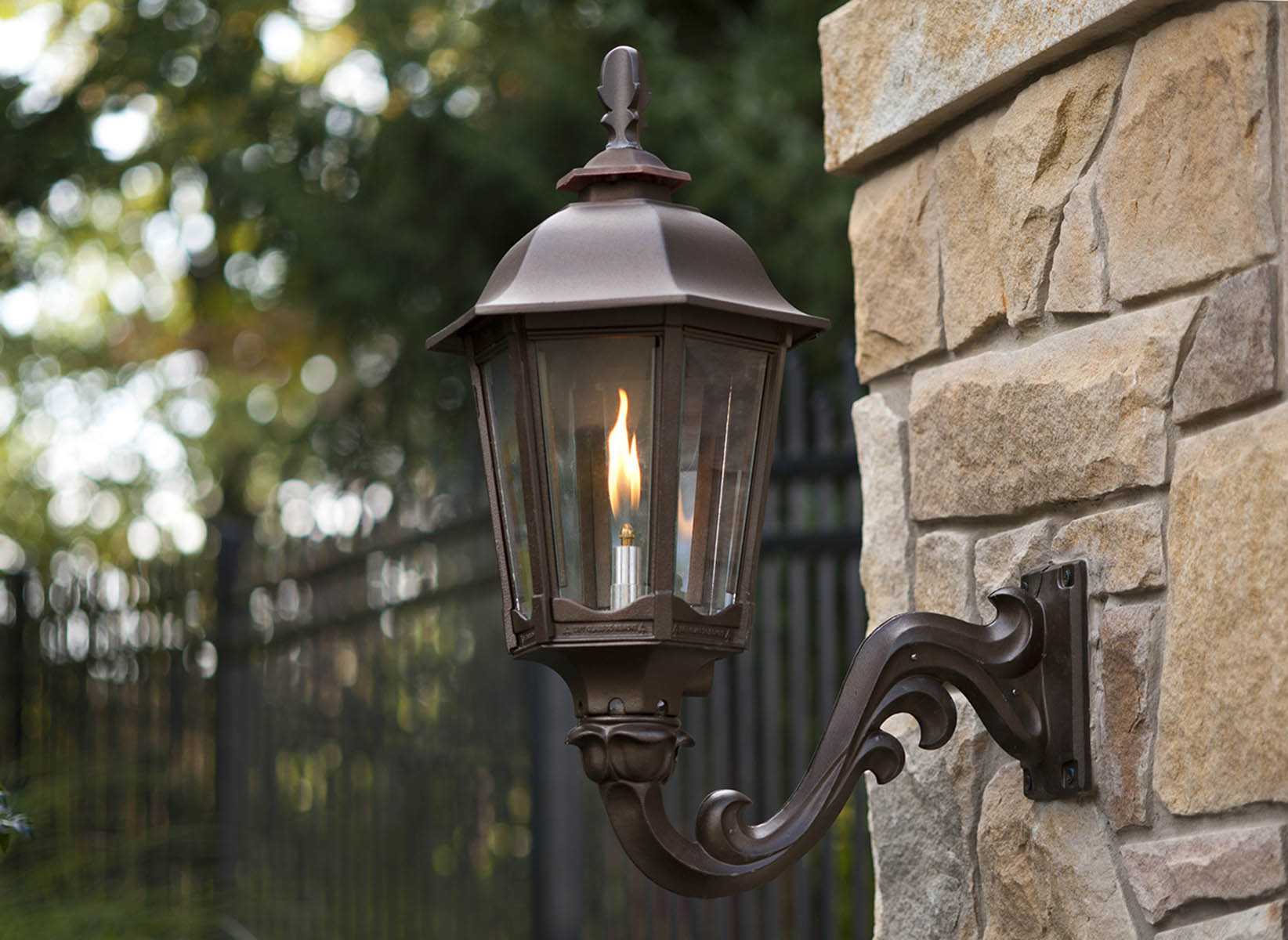


0 thoughts on “Where Was Frisbee Golf Invented?”